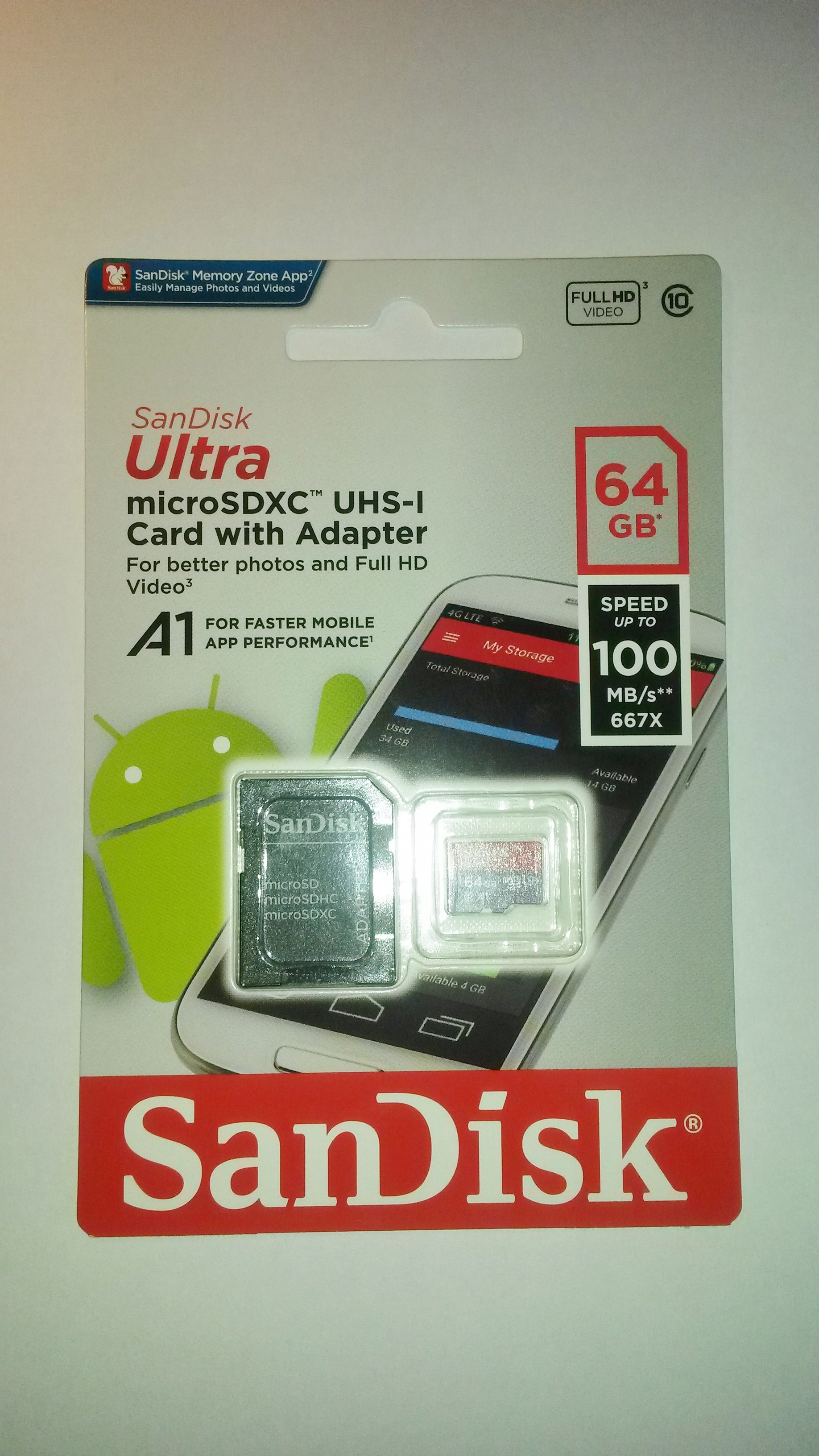1.5.4 Wear Leveling
Wear leveling is an intrinsic part of the erase pooling functionality of cards in the
SanDisk microSD Card Product Family using NAND memory.
That is exactly it and please do actually drill down and get specific information on wear levelling, because there is no wear levelling spec even a bad block list can be termed by manufacturers as “Wear levelling”.
You can carry on quoting as for me I am finding it quite amusing that you are in some belief of the general ‘snake oil salesman’ blurb of what are extremely cheap throwaway peripheral devices.
Even the industrial have static wear levelling that it self is prone to wear and is light years away from what must see as decent consumer SSD static level wearing.
Its hilarious what you are saying which basically boils down to it has the words on the manufacturers site but when you drill down there is an absolute lack of any technical details or at least a spec,
Its hilarious that you should think cheap throwaway devices are even designed or suitable for what can be extremely high frequency, high write counts.
Flash especially SD has a specific market that even though write to failure count has massively increased its still an issue as manufacturers push storage size and speed in a price compromise for a very specific application and market.
Are we talking most devices may fail in a month or even a year as now with many cards probably not, but it is still very dependent on application and that with IoT devices can be a real pain to access if they break.
Do you have to use relatively expensive ‘industrial’ and other words such as ‘extreme’ that in reality might be several thousand write flash backed by a write averaging hardened block that itself can have 100’s of thousands writes, probably not.
eMMc has far better wear levelling and write tolerance, Nand is generally on a different planet and after you quote the empty cul-de-sacs of manufacturer sales websites of SD wear levelling that 99.99% lacks any collaborative technical spec of any kind or functional explanation of what write levelling is employed.
Can you use cheap SD and does SD need high grade wear levelling and high write count durability the answer is yes and no as that is not what its designed for and its that simple, even if there is one born every day apparently.
In most IoT / maker projects a linux image is taken where often a single application is in operation that can even have a single directory that the bulk of writes take place or at least a root directory that covers a majority.
Am I saying this covers all, that all applications need zram in a similar manner you are quoting ‘wear levelling’.
No as I am aware of the plethora of differences and uses but in many applications it can be extremely beneficial just not to chance what you don’t need to chance by moving high write frequency areas to volatile durable ram.
It can be extremely beneficial to performance to move from what is essentially still slow SD to near ram speed zram.
Do you have a memory intensive application and small memory footprint then memory compression could help massively.
Am I saying you need to buy anything, buy the best, you need industrial, nope I am saying the opposite that actually you can use the dirtiest and cheapest as its extremely easy to employ zram.
Its a rather nifty kernel mod, by the kernel developers and you need is to configure it, that can be extremely beneficial for IoT / Maker devices that can massively help with flash wear, get near ram speed drives and greatly increase memory pools.
But unlike manufacturer sales sites I am not trying to sell you buzzwords of no meaning.
If you have an IoT / Maker device that may have medium to high frequency writes taking place and you want to place and forget with no maintenance for many years then install the above.
Its deliberately created to make it extremely easy to shift logs, a few extremely durable high speed directories and have a swap device all from a simple single config utility.
We are talking low end/ low cost IoT devices like generally IoT should be and that is what its for and it is very dependent on application and the choice is yours you can believe some sales blurb or go with a more belt and breaches approach and use volatile resilient ram more productively.
A little bit of knowledge can be an extremely dangerous thing and when it comes to SD write levelling, that is obviously all you have.
Zram can be extremely effective for many applications and you will not find it on a manufacturers sales web site.
You don’t need to install additional software to use it, don’t need any loss of logging or special devices and all zram-conf does is configure and setup zram for those less tech savvy than those who can write and implement a boot script themselves.

